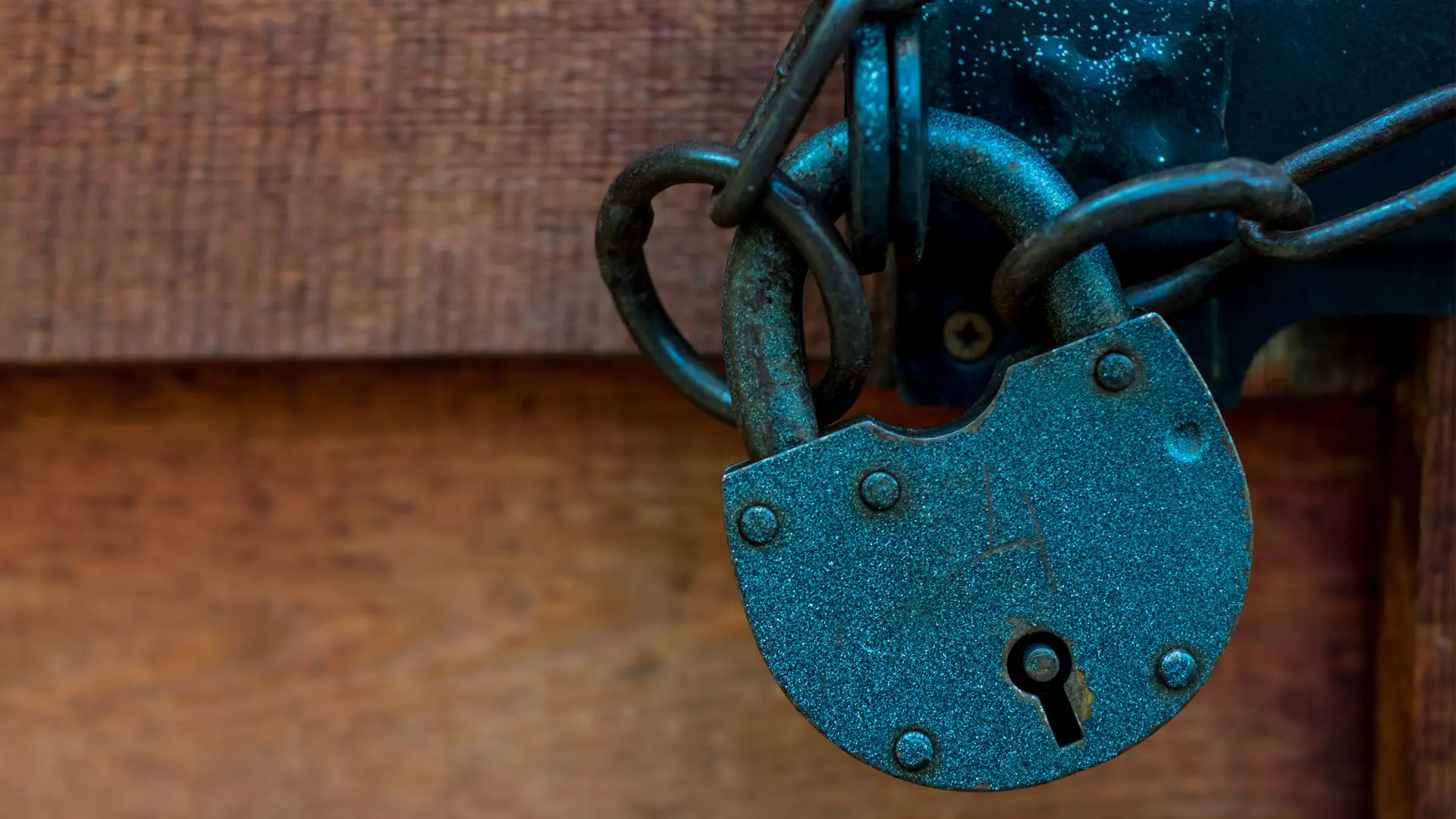One of the most effective ways to improve your personal safety is by practicing everyday situational awareness – the ability to identify, process, and understand what is happening around you, while calmly considering ways to prevent or mitigate potentially threatening situations. This requires staying alert, drawing upon your unique set of experiences and skills to evaluate your environment with a proactive and flexible mindset. It is honed through practice.
The following are some tips to help you improve your situational awareness. Practice them in all environments throughout the day including work and public spaces until they become second nature. Keep in mind that no two situations are the same. Each environment provides a unique set of conditions that will challenge your ability to adapt, so the more you practice the better. View each new setting as an opportunity to practice – when these tips become second-nature, you greatly increase your ability to keep yourself safe.
Minimize electronic distractions. Whether it’s staring down at your phone to look at another silly meme, scrolling through the sports scores, streaming video, or listening to music with your ear buds, your electronic devices can distract you to the point that you don’t have the slightest clue what’s going on around you.
Only use your devices when necessary, and only after you’ve determined you are in an area or situation where it is safe to do so. Stay aware of your surroundings, look up regularly, re-scan your environment and pay attention to any changes. If you’re using ear buds, set the volume as low as possible (this will also help preserve your hearing) and consider using only one bud to keep the other ear open to your surroundings.
Scan your surroundings. If you’re like most people, you probably scan new situations or environments automatically but don’t always focus on the most useful information. Start noting exits, barriers, suspicious objects and people, and any other unique elements that could be of importance to your safety. Don’t be complacent in an environment such as your workplace, church or favorite eatery just because it’s familiar.
Use your peripheral vision. Practice focusing on something while also observing what’s happening at the edges of your vision. This will help you detect anything out of the ordinary in an expanded monitoring range.
Locate exits. Be aware of your exits and have an exit strategy – whether a building, car, public transportation, elevator or outdoor environment. Consider alternate methods of escape if your primary exit becomes compromised. This can also be applied to travel routes where you should be aware of any obstacles, choke points, alternate routes, etc.
Cover your rear. Walls and other substantial barriers are natural ways to protect your back and sides, but take care not to back yourself into a tight corner. Think strategically in order to maximize your field of vision. Consider how you may accomplish this in public places such as a restaurant, shopping mall, or park, then practice.
Use reflective surfaces. Your ability to maximize your field of vision in a dangerous situation will improve your ability to act. If your range of vision is limited, look for windshields, store windows, or even other people’s sunglasses to detect threats you wouldn’t be able to see otherwise.
Be a hard target. A soft target is an easy target. This is someone who is vulnerable, distracted, mostly unaware of their surroundings and has the appearance of not being ready or capable of defending themselves. A hard target is aware, prepared, and knows how to fully leverage body language. That body language exudes confidence, awareness, and capability, regardless of how you actually feel. You may feel scared, but when you broadcast to would-be threats that you are a hard target you decrease your chance of being attacked.
Be aware of your personal space. If someone is crowding you, displaying threatening body language, or seems suspicious in any way, scan them for subtle signs of violent intent or a hidden weapon. Increase the distance between yourself and this person. As little as five or six extra feet can provide you with a strategic advantage – that means more reaction time if you have to deal with an active threat.
Practice visualizing. Play out scenarios in your head beforehand. If you perceive a potential threat in your immediate space (such as a dark side alley or a blind corner up ahead) imagine how you might react to a sudden threat. Consider exits/escape routes. This kind of premeditated practice will help in actual emergencies by improving the effectiveness of your reactions and conditioning them as second-nature.
Trust your gut. If you sense that something is wrong or doesn’t add up, don’t ignore that intuition! Your instincts exist to help keep you safe. Of course you don’t want to become so overly cautious that it’s debilitating and you can’t function, but a healthy exercise of caution can make you aware of the warning signs that can turn out to be legitimate.
Engage your senses. There are many scenarios where it’s perfectly good and healthy to let yourself relax and tune out. Since that doesn’t apply to all situations, make it a practice to engage all your senses (sight, sound, smell, touch, and taste) to the fullest extent possible.
Sharpen your senses. It’s vital to helping you avoid unsafe situations, pick up on critical information quicker, and become better at identifying threats.
Tell someone. If you find yourself in an alarming situation, whether it was simply a suspicious or a verified threat, find a responsible party and let them know what you encountered. Provide as much relevant information as possible including details about suspicious people, behaviors and activities. Even if it didn’t escalate to a dangerous or threatening situation, there may be elements of your experience that can help the proper authorities take action to improve the personal safety of others and eliminate the possibility of a future threat.
Although it’s not possible to defend against every unforeseen danger, your personal safety begins with your ability to be aware of your environment. Not just for you, but it will benefit those around you. If you’re not already in the habit, start simply by practicing at least one of these skills on a regular basis. And keep practicing! Before you know it, you will have significantly increased your situational awareness.



































0 Comments